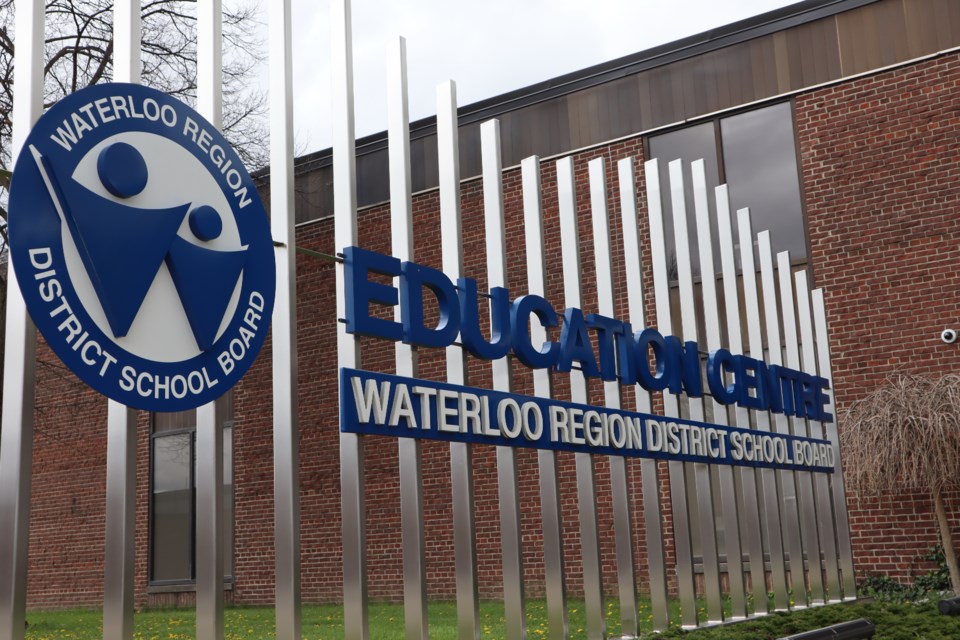In response to the Ontario Human Rights Commission’s report from the Right to Read Inquiry, the WRDSB has released a multi-year structured literacy plan for all students, particularly for those who are most marginalized.
Reading is a fundamental skill for all students as they strive to achieve their full potential. And WRDSB says that it needs to do better to support every learner with reading, while remaining focused on and committed to improving the outcomes for all students
According to the WRDSB, Indigenous students, African, Caribbean and Black (ACBi) students, racialized, multilingual learners, non-neurotypical students, those with disabilities and students from low-socioeconomic status (SES) households are the most impacted by challenges related to reading skill development.
WRDSB Director of Education, jeewan chanicka, says when supports are in place for the most marginalized students, all students benefit.
“This does not only mean students who are Indigenous or racialized. This includes all students, those with learning needs, and students of all backgrounds,” chanicka said at a school board meeting last week.
“Our approach is aligned with what the ministry is asking of us. Our goal is to close gaps for all of our students and recognize that all districts across the province have been directed to do better for the most marginalized students.”
WRDSB says that will continue to review current literacy practices to ensure that all students are reading by the end of their primary years.
The development of the structured literacy multi-year plan follows the release of the Ontario Human Rights Commission’s (OHRC) Right to Read inquiry report in February which outlines human rights issues affecting students with reading disabilities, such as dyslexia.
One of the inquiry’s goals was to find out if these students had meaningful access to education as required by the Ontario Human Rights Code.
The comprehensive Right to Read report includes detailed findings and recommendations for the Ministry of Education, school boards and faculties of education on curriculum and instruction, early screening, reading interventions, accommodation, professional assessments, and systemic issues.
In response, WRDSB is now in the beginning stages of the implementation of the WRDSB structured literacy multi-year plan.
“This work began in the summer of 2021 with our WRDSB Learning Support Services consultants and staff. We unpacked the ways in which WRDSB students learn to read and dove into learning about essential and foundational skills needed to read,” said Bobbie Chatha, system administrator for elementary education at WRDSB.
In the fall of the 2021/22 school year, WRDSB began implementing supports around structured literacy and shared resources with school administrators and educators.
“We will continue to focus on ensuring that every student is reading by the end of Grade 2,” said Ines Bijl, a consultant at Learning and Support Services at WRDSB.
“Looking at our last EQOA data from 2018 to 2019, 70 per cent of WRDSB students are meeting the provincial standards for reading proficiency That in turn, however, means that 30 per cent are not.”
Bijl said that in some WRDSB schools, almost 60 per cent of Grade 3 students are not meeting their minimum standards to be considered proficient readers.
“Other groups of students have also been identified as disproportionately being affected by our current instructional practices. These groups include racialized and indigenous populations, lower SES populations, as well as students with language deficits,” Bijl said.
“When we hold all students to high expectations, reading failure is not an option. We as educators and as a system, need to ensure that social location and identity no longer predict outcomes.”
Bijl said that reading is a human right.
“Aligning with the recommendations from the OHRC, will help to create the equitable conditions for learning and optimal outcomes for each and every student at the WRDSB.”
The OHRC’s Right to Read report made over 157 recommendations to school boards across Ontario with a focus on key requirements to successfully teach and support all students.
WRDSB has implemented a structured literacy steering committee to direct the gradual implementation of these recommendations.
The Ministry has also recommended changing the language curriculum by 2023 and collaborating with faculties in education in evidence-based reading and instruction practices.
According to the WRDSB, students in years 1 and 2, will focus on word recognition, learning phonological awareness, decoding, and site word recognition.
In years 2 and 3, the focus will be on language comprehension, and digging deeper into skills such as building vocabulary, and background knowledge.
Students in years 3 and 4, will engage in skilled reading, highlighting the importance of fluency and reading comprehension.
Depending on the identified level, supports will include evidence-based, direct instruction interventions such as Lexia and the ‘Empower’ Reading Program.
WRDSB educators have access to a selection of resources to support the implementation of these strategies, and to help answer any questions they may have about how they can best support students with learning disabilities.
“We are responsible to each and every student to read,” Bijl aid.
“Together, we will nurture supportive relationships in an inclusive, safe and caring environment, and practice culturally responsive and research-based pedagogy and assessment in our reading programs.”
Information is available on the WRDSB website, which outlines the levels, and approaches used to support all students, including those with a learning disability.



.png;w=120;h=80;mode=crop)